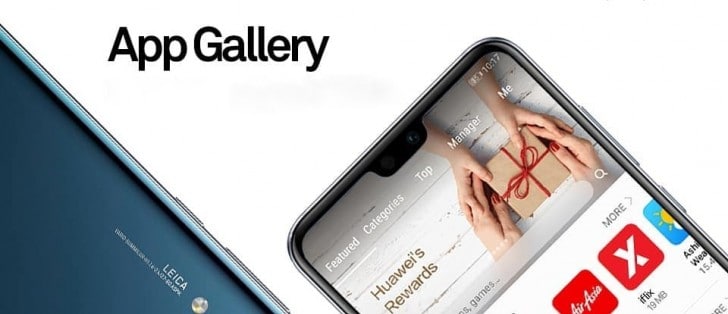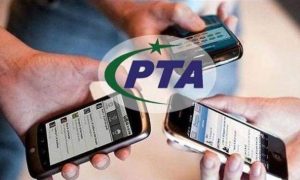SHENZEN – Huawei Technologies Co’s contingency plans have surfaced in the wake of an executive order of Trump administration that aims to punish the top Chinese mobile phone maker.
Google’s decision to partially cut off Huawei devices from its Android operating system has presented the Chinese tech titan with one of its most dramatic challenges yet: how to keep up with the competition if it cannot use the platform that powers nearly every other smartphone in the world?
It is a possibility for which the Shenzhen-based firm, the world’s second-largest smartphone maker by sales, has been preparing for years — reportedly since 2012 — by building an operating system of its own.
Bloomberg reported Monday that the embattled Chinese phone maker tempted app makers with the prospect of getting a foothold in its home market, the most populous country in the world, if they would create software for its App Gallery.
Huawei reportedly told the app makers that they’d reach the massive China market, as well as 50 million Europeans who could end up using its app store rather than Google’s Play Store (which Huawei’s phones use to download apps outside China) by the end of last year.
It even offered the app makers a simple way to make the software they developed for Google’s Play Store compatible with the App Gallery, Bloomberg reported.
The effort may have been part of a Huawei backup plan in case the US government eventually clamped down on the company and cut it off from working with US companies, which is happening right now.
https://en.dailypakistan.com.pk/technology/huawei-loses-access-to-play-store-after-google-cuts-android-license/
Huawei didn’t comment directly on Bloomberg’s report but highlighted in an emailed statement its “substantial contributions” to the global growth of Google’s Android operating system.
The danger of depending on Google was highlighted Sunday, when the search giant cut off Huawei phones from future Android updates – meaning Huawei customers outside China would lose access to apps and services like Play Store. Google’s decision followed an executive order from President Donald Trump last week that effectively banned Huawei in the US, including its ability to source goods and services from American companies.
Huawei has acknowledged its App Gallery’s existence, but the platform remains shrouded in mystery.
“We have prepared our own operating system. If it should be the case that we can no longer use these systems (like Android)… we would therefore need to be well-armed,” Richard Yu, CEO of Huawei’s Consumer Business Group, told German newspaper Die Welt in an interview published in March.
“That is our Plan B. But we would of course prefer to work together with the ecosystems provided by Google and Microsoft.” That system could now become more important than ever to Huawei.
On Tuesday, Huawei founder Ren Zhengfei may have alluded to its App Gallery plan, in comments he reportedly made to Chinese state broadcaster CCTV.
“The US government’s actions at the moment underestimate our capabilities,” he said.
Washington last week imposed a ban on the sale or transfer of American technology to the firm — which could impact hundreds of millions of Huawei phones and tablets around the world.
Google has said it will comply with the US restrictions, and bar Huawei from access to some core components of Android and its proprietary services.
https://en.dailypakistan.com.pk/technology/us-lifts-huawei-ban-for-90-days/
While both Google and Huawei have reassured users that their phones will continue to function as normal, this could present major problems for Huawei, and apps on its phones could become unusable if it does not have access to code licensed by Google to phone makers.
And if the ban is not lifted, it could also run into trouble when the next version of Android is rolled out, because Huawei would not have the kind of access enjoyed by its rivals such as Samsung.
Its own platform, currently undergoing trials, is named “HongMeng” and “will gradually replace the Android system”, China’s state-owned Global Times said Monday, citing other local media reports without more details.
In developing a possible successor to Android on its devices, Huawei is attempting something other industry behemoths like Microsoft and Samsung have failed to do: create a platform that attracts both users and app developers.
The technical development is just one aspect of the challenge, analysts say. It takes years to build trust and confidence among app makers to write and sell software on the platform, and to convince users to adopt it.
Microsoft pulled the plug on its Windows Phone platform earlier this year, and Samsung’s Tizen system is barely known compared with Android and Apple’s iOS, which runs iPhones and iPads.













